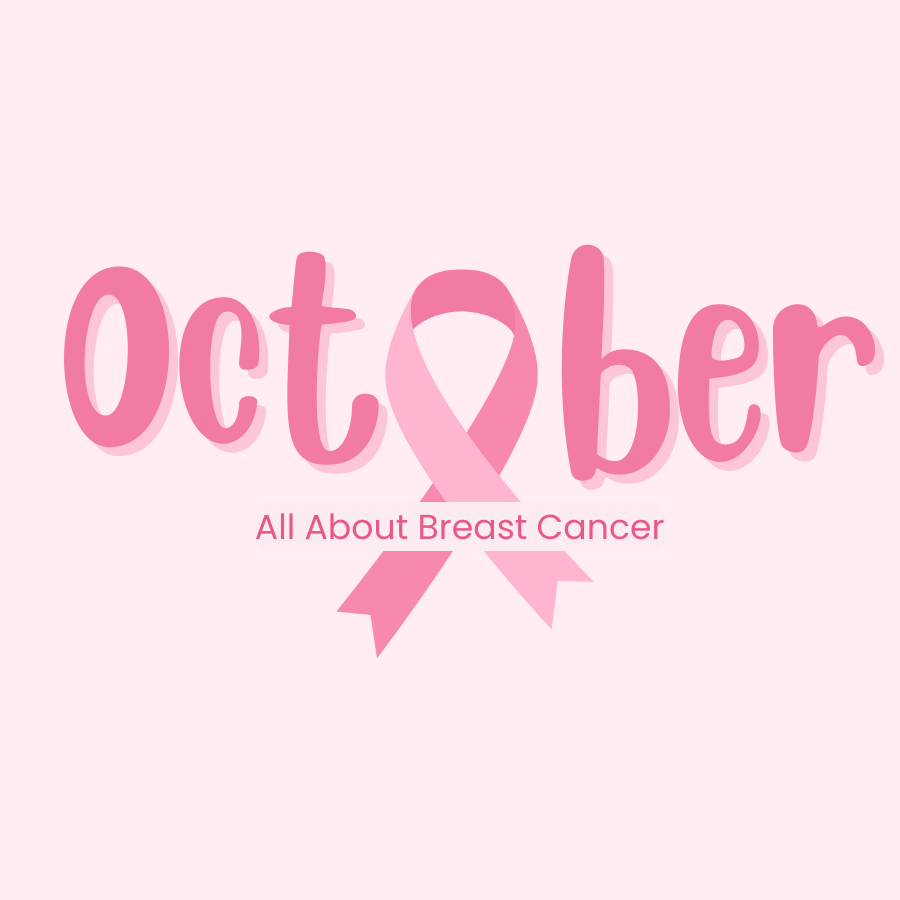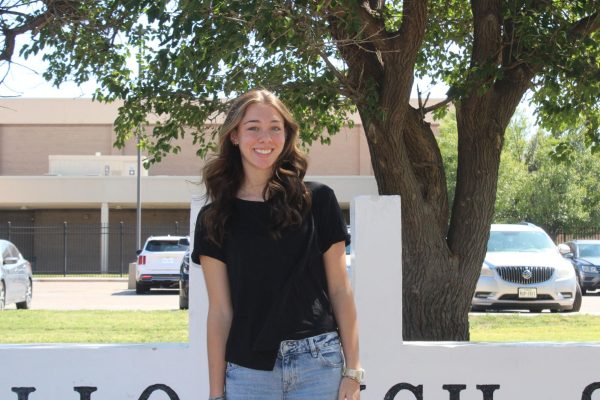Everyone knows October as a spooky season because of Halloween, but many people forget that it is also Breast cancer awareness month.
In the United States 13% of the American female population and less than 1% of men develop breast cancer in their lifetime, making it the most common cancer for women in the US.. Technically breast cancer comes in five different stages, zero having the easiest treatment plan and four having the hardest. The tumors developed in stage zero have not moved from the originally detected location in the breast tissue. As the cancer spreads the risk of developing stage 4 increases, stage four proves hardest to treat because at this point the cancer has already spread to other organs and different parts of the body. If diagnosed with breast cancer in the localized stage, your survival chance rises to 99%. 66% of breast cancer diagnoses occur before it spreads.
Ancient Egyptians first discovered breast cancer over 3,500 years ago. They reported the case very accurately revealing bulging tumors of the breast that had no cure. The Egyptians used ocular and tactile approaches to diagnose cancers and used visual and tactile characteristics to decide their treatment plan.
Hippocrates, the father of Western Medicine, named the cancer Karkinos, a greek word for “crab” in 460 B.C..Hippocrates stated the cancer a humoral disease caused by excess of black bile that makes tumors causing the tumor to appear hard, and black that can burst. In 200 A.D. Galen agreed with Hippocrates on the black bile part of the cancer but thought that certain tumors had worse effects than others. At the time breast cancer affected the whole body and nobody considered surgery.
Francois de la Boe, a french physician, shot down the black bile theory in 1680 and instead breast cancer came from a chemical process that transformed lymphatic fluids from acidic to acrid. Claude-Dehais Gendron backed up Sylvius and said that cancer developed when glandular and nerve tissue got mixed with lymph vessels. Henri Le Dran first suggested a surgical procedure in 1775 to remove the cancerous tumor which was also brought up in the 19th century.
Radical mastectomy developed into the most known treatment in the 19th and 20th century, and if used early enough this treatment helped women survive for longer periods of time. Although it helped with the cancer, it often left the women disfigured with a deformed chest wall, lymphedema or arm swelling caused by the lymph node removal. A Scottish surgeon, George Beatson, figured out that when he removed one of his patients’ ovaries her breast tumor shrank. This procedure quickly gained popularity, and many surgeons began removing ovaries and performing mastectomies for breast cancer patients because it proved more effective.
In 1985 the American Cancer Society and Imperial Chemical Industries began a week-long campaign to bring awareness to breast cancer. This campaign became very popular and ultimately became a month long, taking over October. A few years later in 1992 after the SELF magazine’s second annual Breast Cancer Awareness Month issue, the magazine staff partnered with a breast cancer survivor and passed out pink ribbons. People have made other versions of the pink ribbon that all represent different types of breast cancer.
A lot of people get very sensitive and emotional about breast cancer because of the impact it has had on people they love. Since they want to bring awareness they do other things to bring light to the issue. Some schools and organizations host special fundraisers to raise awareness and money for breast cancer. The money raised helps the American Cancer Society fund research, provide information, help people find their breast cancer earlier and provides funds for certain support groups . In recent years, many more people are aware and involved in helping those suffering from breast cancer and supporting survivors on their journey.


